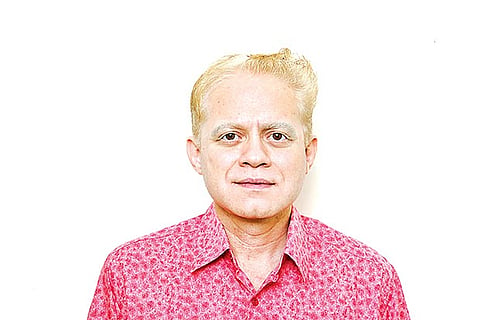

Chennai
In earlier times, the place was a village named Tiruallikeni (meaning, sacred lily pond), alluding to its original rustic landscape dotted with ponds, interspersed with lush farmlands, thatched houses and stone temples. Some historians regard Triplicane to be an extension of the equally hoary settlement of Mylapore, although both were always two distinct but inter-connected villages sharing certain common features. Like Mylapore, Triplicane has also evolved as a multi-temple township with the main residential areas and markets clustered around the temples. Triplicane High Road and Pycrofts Road are the arterial roads in Triplicane. The Triplicane High Road existed from ancient times and was, at one time, the sole highway linking this area with Mylapore and Santhome.
Around 1768, when Wallajah Muhammad Ali, the Nawab of Arcot shifted his residence from Arcot to Madras, to be close to the British officials of Fort St George, he built the Chepauk Palace and several Muslim families moved to Triplicane, along with him. Triplicane was the first village to become a part of the British settlement of Fort St George in 1676. The English secured the village from the Sultan of Golconda on an annual rent of 175 pagodas. Later, when the power of the Sultan declined, the British discontinued the payment of this rent. The original inhabitants of Triplicane included Brahmins and fishermen. Towards the end of the eighteenth century, many middle class families shifted from the crowded and crammed George Town to Triplicane as it was more spacious, centrally-located and closer to the beach.
Fortunately, Triplicane has not seen as many modern developments and constructions as Mylapore and Thiruvanmiyur. Thus, Triplicane still to a large extent, retains its old-world charm, an ambiance where tradition and modernity seamlessly converge. Its proximity to the University of Madras, the commercial establishments in George Town and Anna Salai, the government offices within Fort St. George and in the Ezhilagam complex, make Triplicane a much-sought after residential colony. It is well-connected by road and rail to every part of the city and offers inexpensive housing to a large number of middle class families. Another unique characteristic of the area is the ‘mansions’--old buildings with rows of rooms spread across different levels or floors-offering affordable accommodation to hundreds of bachelors who flock to the city for higher studies and employment. Sometimes, up to four or five men share a single room in some of these decades-old mansions.
The major problems confronting Triplicane are the unmanageable crowds and the dirty streets with overflowing garbage. There have been some efforts, both by the local administration and the voluntary groups, to clean up the place but much more needs to be done on that front. Another intriguing issue is that many people do not know about the fascinating heritage of Triplicane and do not visit it. Even in the ensuing Madras Day celebrations, many Heritage Walks have been planned in Mylapore and almost none in Triplicane. Thus, there is an urgent need to publicize and promote Triplicane among the general public including the students and the tourists.
—The author is a well-known archaeologist and Tamil Nadu State Convener, INTACH
Visit news.dtnext.in to explore our interactive epaper!
Download the DT Next app for more exciting features!
Click here for iOS
Click here for Android